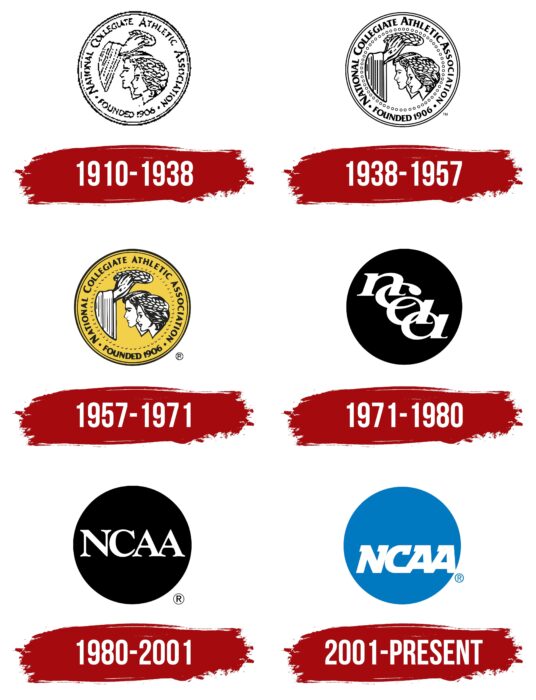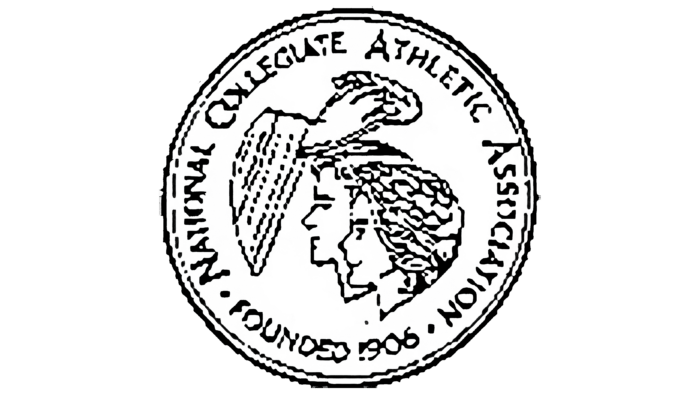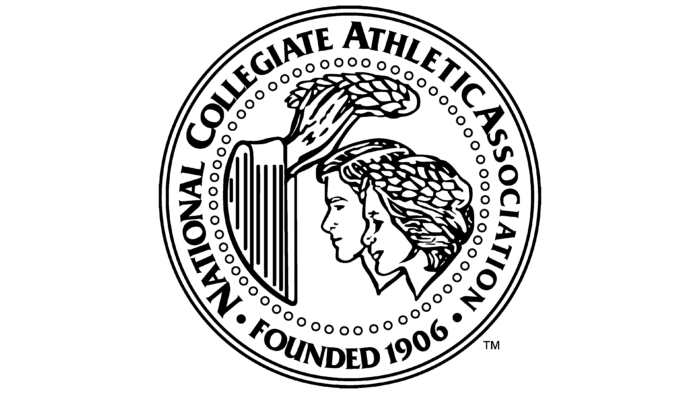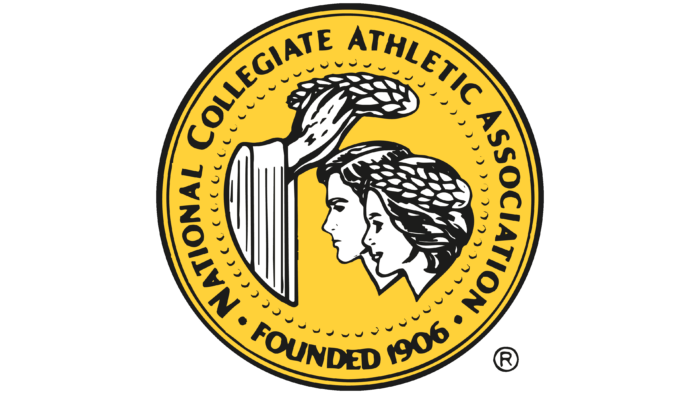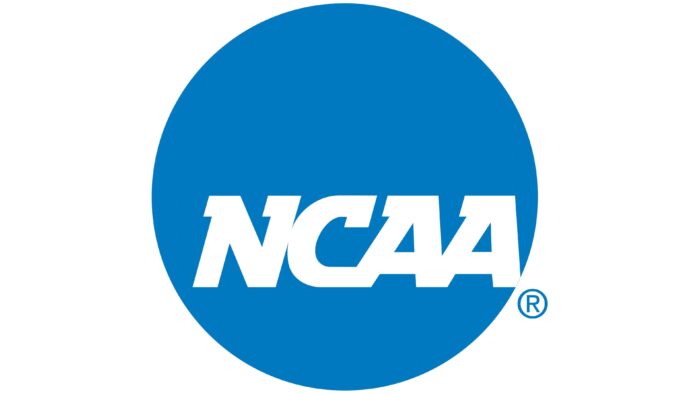 (NCAA) National Collegiate Athletic Association Logo PNG
(NCAA) National Collegiate Athletic Association Logo PNG
The NCAA logo shows an association of young athletes, pupils, and students. Passion for the business and the organization of amateur and professional meetings between the clubs tried to be conveyed in a complete and concise emblem.
NCAA: Brand overview
| Founded: | March 31, 1906 |
| Headquarters: | Indianapolis, Indiana, U.S. |
| Website: | ncaa.com |
Meaning and History
The origins of intercollegiate sports in the United States go back to 1852 when Harvard and Yale began competing in rowing. It remained the only popular sport until the late 1800s, so the resulting associations were called the Rowing Association of American Colleges and the Intercollegiate Rowing Association. All misunderstandings, unclear situations, and controversial points were resolved through them. They planned the events and enforced the rules.
But as other sports disciplines spread, these bodies began to lose relevance because their powers expanded, like sports. Basketball and football, in particular, began to dominate. Their rules were just being established, so they often changed – literally from game to game. This required the unification of the provisions so as not to adapt their terms to each match, avoiding disputes.
The need for the emergence of the National Collegiate Athletic Association was noted by the country’s top leadership, as there were frequent injuries and even deaths among athletes. Therefore, most higher education institutions have begun to abandon some sports programs. As a result, common rules were approved at a meeting of thirteen colleges and universities. And in 1905, 62 universities established the IAAUS (Intercollegiate Athletic Association of the United States). The organization received official registration a year later – in 1906. And in 1910, it changed its name to the NCAA. This period is considered the starting point of its history.
Thus, the association became the supreme body regulating the rules and conducting sports competitions between universities in the United States and Canada. The first national championship under her leadership took place in 1921. Gradually, with the increase in the number of sports, she had several committees. The original identity of the association was adopted at the second founding conference (during the renaming) and often changed based on the requirements of the present. There are six emblems in total.
1910 – 1938
We can say that the debut logo looks like a classic round seal. But in fact, this is not so because the shape of the circle is not taken from the seal but from the medal, which is usually awarded to athletes for victories achieved. In the center are two people (presumably a student and a student), over which hands hold a laurel wreath. From this, it follows that the competition participants won and were awarded for high results in sports. The emblem depicts only the hands and part of the vestment – the wide sleeves of the professor’s robe.
The center of the picture is surrounded by a wide ring with the name of the sports association – “National Collegiate Athletic Association.” Below is the phrase “Founded 1906”, specifying the year the organization was founded. It is separated from the main text by two side dots. A thin edging line frames the logo.
1938 – 1957
In 1938, the first measurements of the logo were taken. But they are insignificant: a ring of small hollow circles has appeared around the central part, and the heads of the athletes are now slightly tilted forward. The facial features of the recipients have been slightly changed.
1957 – 1971
The existing emblem received color – it became yellow. The remaining elements are still depicted in thin black outlines. The arrangement of the toga sleeves has changed – now they fall not diagonally but strictly vertically, which is more in line with reality.
1971 – 1980
The management decided to abandon the outdated version of the logo and approved a more modern one. This is a concise monogram consisting of the abbreviation “NCAA.” Lowercase letters run diagonally (from top to bottom) and are intertwined. They are painted white and placed on a black background.
1980 – 2001
The redesign brought minor transformations: the developers converted the inscription to uppercase and placed it directly, that is, horizontally. The letters have pronounced serifs.
2001 – today
The current emblem has changed to blue and has changed the lettering style. The word “NCAA” is in large bold serifs. Moreover, it is not located in the center but on the lower right. The inscription is connected, in which all letters are connected, and the last “A” is open and adjoins the edge of the circle. The organization emphasizes its openness to participants and connection with the outside world.
NCAA: Interesting Facts
The National Collegiate Athletic Association (NCAA) is a key organization that oversees college sports in the United States, affecting millions of student-athletes at thousands of schools.
- Foundation: Founded in 1906 as the Intercollegiate Athletic Association of the United States and renamed the NCAA in 1910, its goal is to protect student-athletes well-being and ensure fair play.
- Divisions: Since 1973, the NCAA has had three divisions (I, II, and III) to group schools by athletic, academic, and financial profiles, allowing varied competition levels.
- Size: It’s one of the world’s largest sports organizations, with thousands of schools and student-athletes in NCAA sports annually.
- Championships: The NCAA hosts championships in over 20 sports. The Division I men’s basketball tournament, known as “March Madness,” is a major event drawing millions of viewers each year.
- Academic Focus: The NCAA emphasizes student-athletes’ academic success, setting strict academic performance criteria and tracking graduation rates.
- Funding: It generates significant revenue, which is redistributed to member schools to support athletic programs and scholarships and help student-athletes afford education.
- Leadership: Run by volunteers, including college presidents, athletics administrators, and student-athletes, ensuring leadership with firsthand experience in education and college sports.
- Health and Safety: The NCAA has developed health and safety guidelines covering concussion management and mental health to protect student-athletes.
- Gender Equity: Adhering to Title IX, the NCAA promotes gender equity in college sports, striving for equal opportunities and resources for female athletes.
The NCAA’s role extends beyond sports management, significantly contributing to student-athletes academic growth, health, and well-being across the U.S.
Font and Colors
The evolution of the logo has progressed evenly and has been linked to the key milestones of the National Collegiate Athletic Association. It reflects the changes that took place within the association and in society when fans of sports teams wanted to see a modern emblem that meets the requirements of the times.
Early versions used the classic serif typeface. Later, a custom font for NCAA Legacy and United appeared in the logo. It was developed by Joe Bosack & Co based on CBS Sports. But the palette changed only once: in 2001, the monochrome black and white scheme was replaced with a blue and white scheme.
NCAA color codes
| Star Command Blue | Hex color: | #0079c0 |
|---|---|---|
| RGB: | 0 121 192 | |
| CMYK: | 100 37 0 25 | |
| Pantone: | PMS 7461 C |
